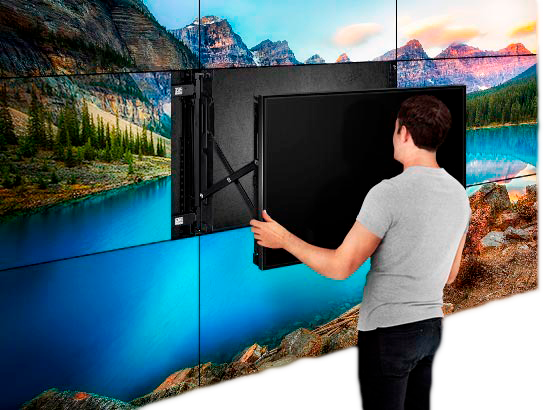Investigating the Durability of LED Display Panels in Comparison to Conventional Display Methods
Investigating the Durability of LED Display Panels in Comparison to Conventional Display Methods
Blog Article
LED panel panels have grown increasingly popular in current times, especially in settings like educational institutions, corporate spaces, and public spaces. These panels use light-emitting lights (LEDs) to produce bright and vibrant images. One of the most notable benefits of LED innovation is its longevity compared to traditional screen methods, such as CRT ray tubes (CRTs) and LCD display screens. Understanding the differences in lifespan and performance between these technologies can assist buyers make knowledgeable decisions about their display needs.
Traditional screen technologies, like CRTs, have been present for many years. They were frequently used in televisions and PC screens. However, CRTs have a shorter lifespan, typically lasting around 10,000 to 20,000 hrs of use. This means that after a couple years, consumers may notice a decline in image quality, such as dimming or hue deformation. In contrast, LED panel panels can last considerably longer, frequently exceeding 50,000 hours. This prolonged duration means that users can experience reliable performance without the need for regular substitutions.
Another important aspect to take into account is energy efficiency. LED panel screens consume less power than conventional displays, which not only benefits the environment but also lowers power costs. For example, while a CRT screen may consume around 100 watts of energy, an LED screen can use as little as 30 to 50 W. This difference in power consumption contributes to the total durability of LED technology, as lower energy consumption generates less heat. Excessive thermal energy can harm electrical components, resulting to a shorter lifespan for traditional screens.
In furthermore to their extended duration and power conservation, LED panel panels also provide enhanced image quality. They offer brighter colors and improved differentiation, making them perfect for various applications, from advertising to educational displays. The technology behind LED screens enables for a wider sight perspective, meaning that visuals remain clear and lively even when viewed from the flank. This is a major advantage over conventional displays, which frequently suffer from hue deformation and diminished luminosity at wider angles.
In conclusion, the durability of visit page LED wall screens compared to conventional display methods is a key factor for buyers to consider. With lifespans that can surpass 50,000 hours, energy conservation, and superior image quality, LED technology provides many benefits. As innovation continues to advance, LED wall panels are probably to become even more common in multiple environments. Grasping these differences can help individuals and organizations make improved choices when investing in display technology, ensuring they get the optimal worth for their requirements.